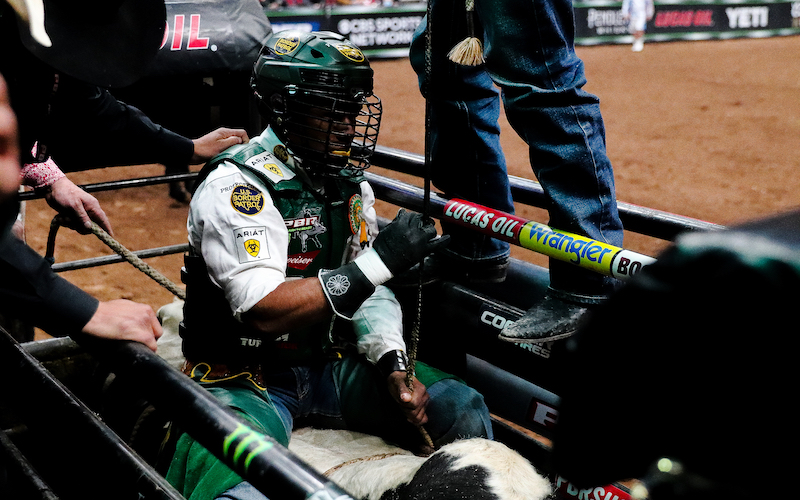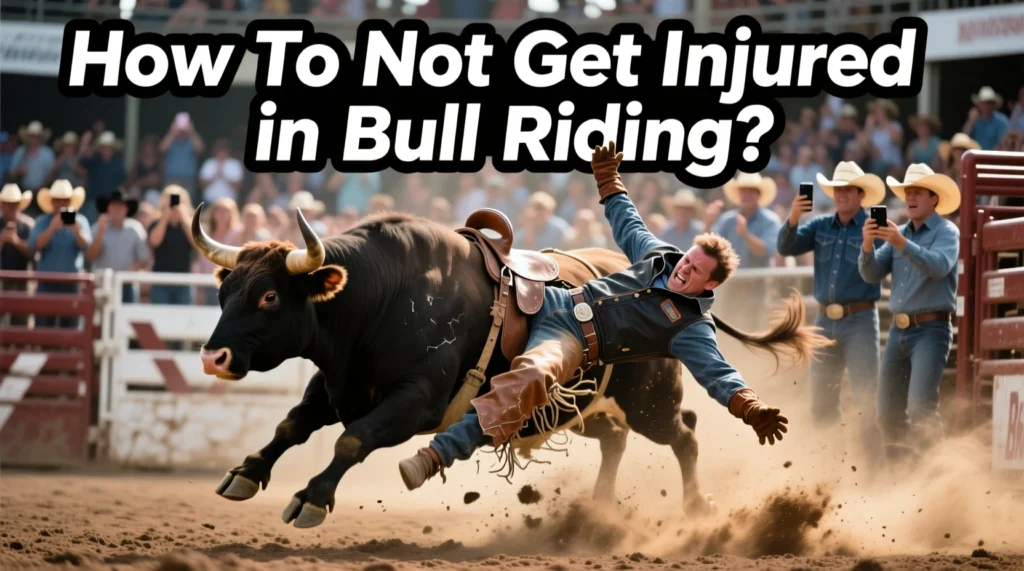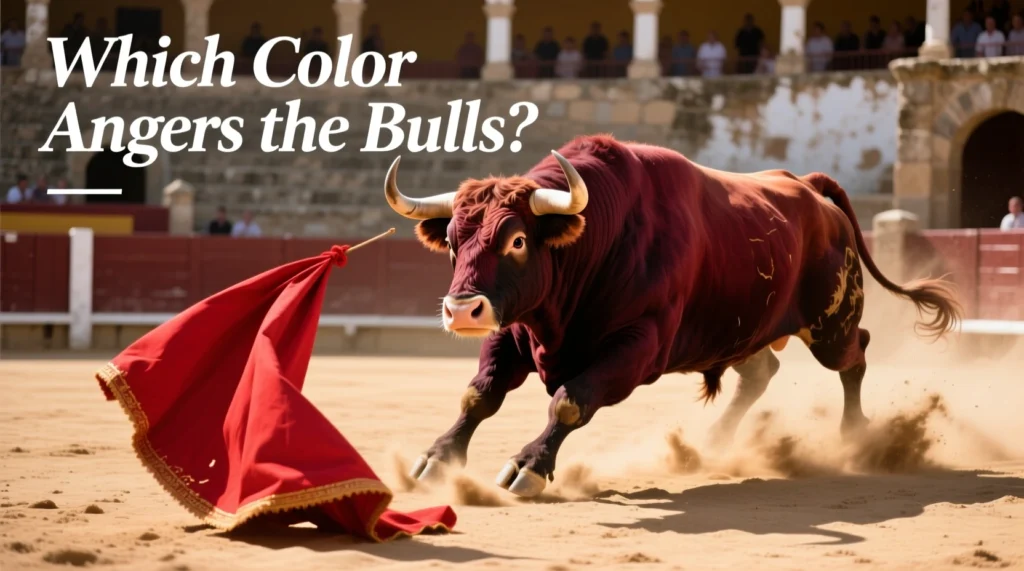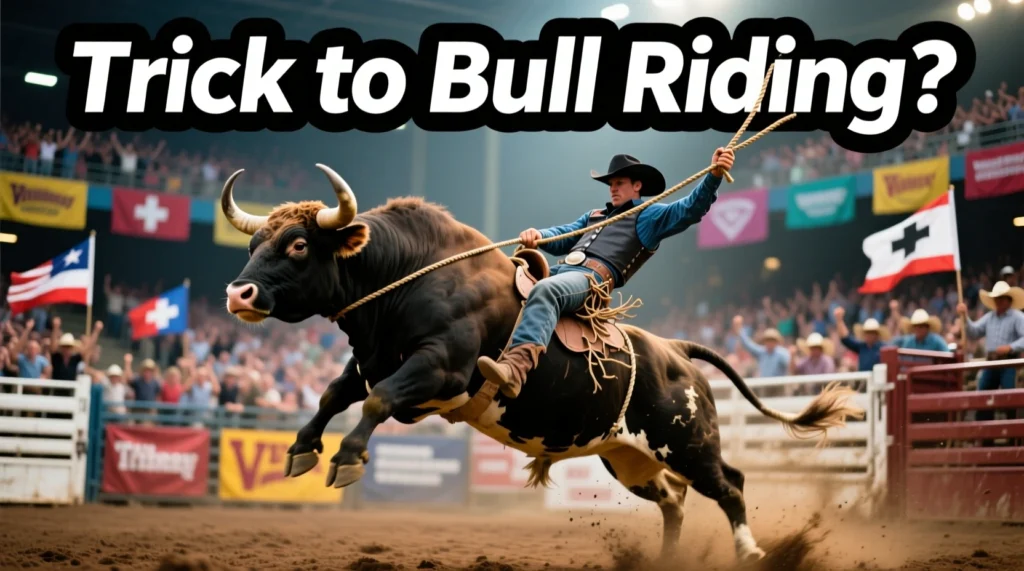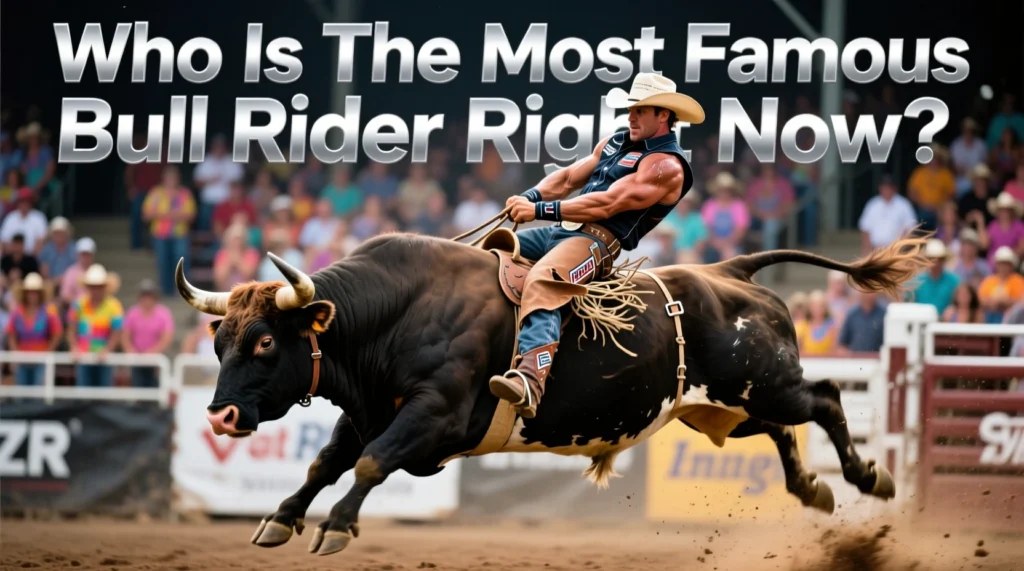Discover Bull Riding Helmets for bull riding helmets are critical for safety, key features to look for, and the top 5 helmets in 2025. Get stats and FAQs answered!
Table of Contents
Understanding Bull Riding in the 21st Century
Bull riding is a high risk sport with adrenaline pumping action, but it is also one of the most dangerous. Each year, 1 in 15 bull riders suffer a serious injury, with head trauma being a major concern. A bull riding helmets are not just a gear but a lifeline.
This guide dives into:
- The Importance of a Certified Helmet
- Critical Injury Statistics Every Rider Should Know
- How to Choose the Safest Helmet for 2024
- Top Rider Questions Answered
Why Bull Riding Helmets Save Lives
Bull-related accidents account for more than 50% of rodeo injuries, with head injuries being the second most common type. According to the Journal of Emergency Medicine, helmetless riders are 3 times more likely to suffer a skull fracture or concussion.
- Traumatic Brain Injury (TBIs): 20% of bull riding head injuries lead to long-term cognitive problems.
- Facial trauma: Unprotected riders are at risk for broken cheekbones, broken jaws, or eye injuries.
- Spinal Cord Injury: A 2023 PBR report found that 12 percent of riders with head injuries also sustained neck/spinal injuries.
Bull Riding Injury Statistics
| Injury Type | Frequency (%) | Avg. Recovery Time | Prevention Tip |
|---|---|---|---|
| Concussions | 24% | 3–6 months | Use ASTM-certified helmets |
| Facial Fractures | 18% | 2–4 months | Opt for full-face guard helmets |
| Neck/Spinal Injuries | 12% | 6+ months | Ensure proper helmet fit |
| Dental Injuries | 9% | 1–3 months | Pair helmets with mouthguards |
Source: 2024 National Institute for Occupational Safety and Health (NIOSH) Rodeo Report
Read Web Story For Bull Riding Helmets
5 Must-Have Features in Bull Riding Helmets
Not all helmets meet the demands of bull riding. Prioritize these features:
1. ASTM/SEI Certification
- Why it’s important: Helmets must pass 14+ safety tests, including impact resistance and strap durability.
- Certified Brands: Troxel, Wrangler, Vega.
2. Full-Face Protection
- Face guards made of carbon fiber cut the risk of face injuries by over half, according to bull riding safety experts.
3. Shock-Absorbing Liner
- Multi-density foam liners spread impact energy away from the skull.
4. Lightweight Design
Lighter helmets (less than 3 pounds) keep your neck from getting tired during those quick 8-second rides.
5. Adjustable Ventilation
- Look for 6+ airflow vents to avoid overheating.
Top 5 Bull Riding Helmets in 2025
1. Troxel Legacy Carbon Fiber Helmet
- Price: $299
- Key Features: SEI-certified, moisture-wicking liner, 2.8 lbs.
- Best For: Professional riders needing durability.
2. Wrangler ProRodeo Full-Face Helmet
- Price: $249
- Key Features: Adjustable cheek pads, stainless steel guard.
- Best For: Amateurs upgrading to pro-level safety.
3. Samshield BullMaster X
- Price: $399
- Key Features: 360° impact protection, antimicrobial padding.
- Best For: Riders prioritizing comfort and hygiene.
4. Vega V10 Bull Riding Helmet
- Price: $199
- Key Features: Budget-friendly, ASTM-certified, 10 ventilation ports.
- Best For: Youth riders or beginners.
5. One K MIPS Defender
- Price: $349
- Key Features: Multi-directional impact protection, ultralight shell.
- Best For: Reducing rotational force injuries.
How to Fit Bull Riding Helmet (Step-by-Step)
A poorly fitted helmet increases injury risk by 40%. Follow these steps:
- Measure Your Head: Wrap a tape measure 1″ above your eyebrows.
- Test the Fit: The helmet should sit snugly without pinching.
- Check Movement: Shake your head—no shifting means a good fit.
- Adjust the Chin Strap: Leave room for two fingers max.
Bull Riding Helmets FAQs
Q: Do pro bull riders wear helmets?
A: Yes! Over 75% of PBR riders now wear helmets, up from 30% in 2010.
Q: Can I reuse a helmet after a crash?
A: Never. Even minor cracks compromise safety. Replace immediately.
Q: Are expensive helmets safer?
A: Not always—focus on certification and fit over price.
Q: How do I clean my helmet?
A: Use mild soap + water. Avoid harsh chemicals that weaken materials.
Ride Safe, Ride Smart
Investing in a bull riding helmet is a must for riders of all levels. Injuries cost riders an average of $15,000 in medical bills (NIOSH 2024), the right helmet pays for itself in protection.
Final Tips:
- ✔ Replace helmets every 5 years or after impacts.
- ✔ Pair your helmet with a mouthguard for full protection.
- ✔ Stick to brands endorsed by PBR or National Rodeo Association.
Stay safe, and let your skills—not injuries—make the headlines!
